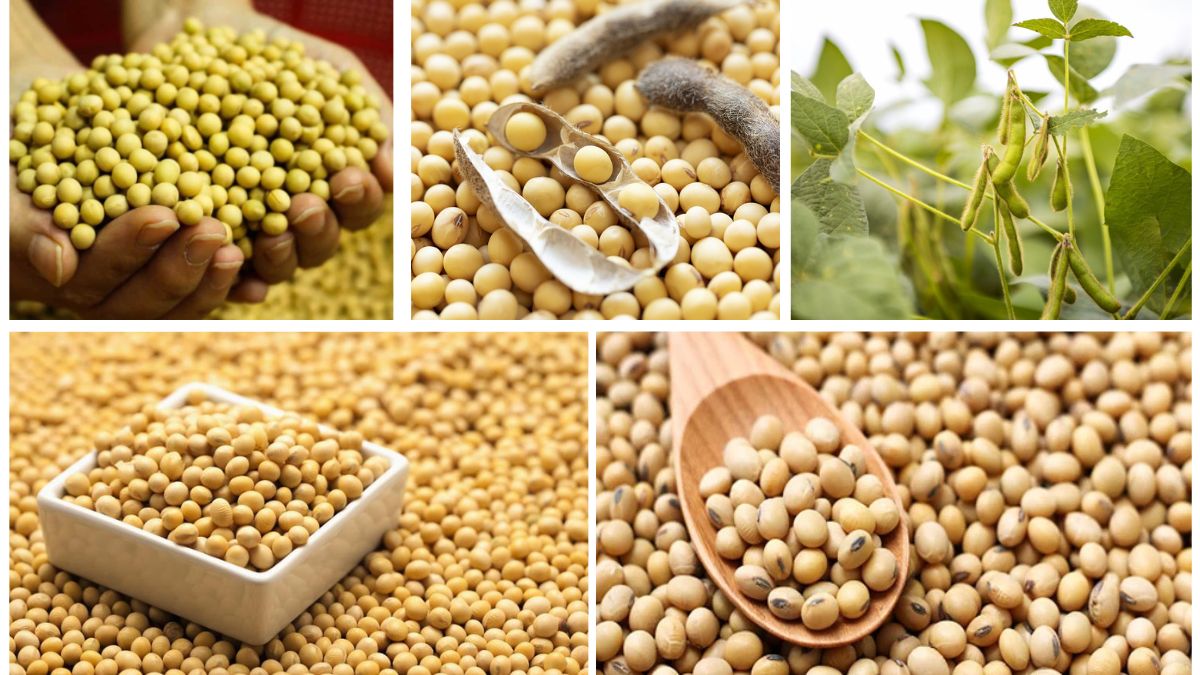Soybeans are one of the world’s most versatile crops, used not only as a vital source of protein for both humans and animals but also as an essential ingredient in industries ranging from food to biofuel. From tofu, soy milk, and soy sauce in kitchens to animal feed and renewable biodiesel in global markets, soybeans truly shape economies, diets, and agricultural landscapes worldwide. But when we ask, which country produces the most soybeans globally, the answer reveals fascinating insights about agricultural dominance, trade, and future challenges in feeding a growing population.
The Importance of Soybeans in Global Agriculture
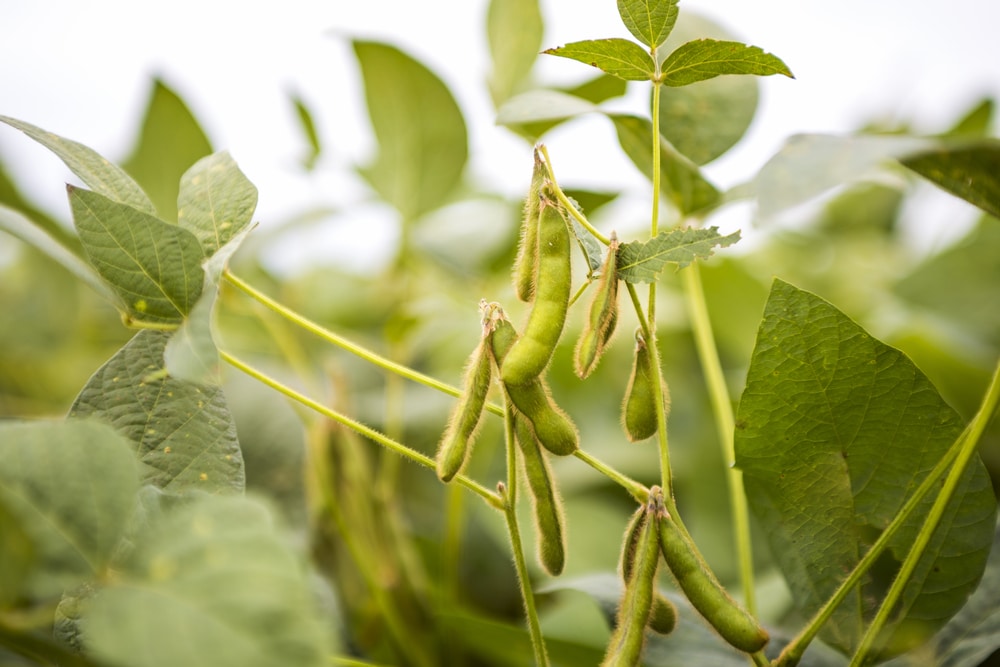
Soybeans are native to East Asia, where they have been cultivated for thousands of years. Over time, however, their significance has expanded globally. Today, they are cultivated in more than 80 countries, making them one of the most valuable cash crops in the world.
Why soybeans are so important:
- High protein content: Soybeans contain about 40% protein, making them a staple in animal feed and vegetarian diets.
- Rich in oil: Around 20% of soybeans is oil, widely used in cooking and food processing.
- Industrial applications: Soy is used in biodiesel, plastics, inks, and more.
- Global diet shift: As populations adopt more plant-based or protein-rich diets, soy demand keeps increasing.
Because of these diverse uses, soybean production is not just about farming—it’s about powering economies and ensuring global food security.
Global Soybean Production – The Big Picture
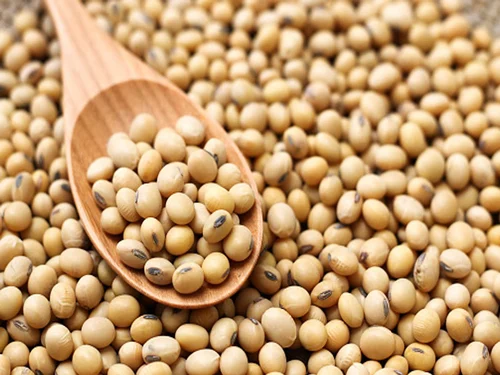
According to the Food and Agriculture Organization (FAO) and the United States Department of Agriculture (USDA), global soybean production exceeds 370 million metric tons annually. The crop’s production is concentrated mainly in a few countries, which together dominate over 80% of the world’s total output.
The top three soybean-producing countries are:
- Brazil
- United States
- Argentina
Together, these South and North American powerhouses shape the global soybean trade. Let’s break it down further.
Brazil – The World’s Largest Soybean Producer
In recent years, Brazil has surpassed the United States to become the world’s top soybean producer. With an annual production of over 150 million metric tons, Brazil contributes more than 40% of the world’s soybeans.
Why Brazil Leads in Soybeans:
- Favorable climate: Brazil’s tropical and subtropical climate allows long growing seasons.
- Vast arable land: Regions such as Mato Grosso, Paraná, and Rio Grande do Sul are soybean hubs.
- Double cropping system: Farmers often grow soybeans in one season and corn in the next, maximizing land use.
- Export powerhouse: Brazil is the largest exporter of soybeans, sending huge volumes to China, the European Union, and other markets.
Challenges Brazil Faces:
- Deforestation in the Amazon linked to soybean expansion has raised global concerns.
- Infrastructure bottlenecks: Transporting soybeans from inland farms to ports is costly and slow.
- Climate variability: Droughts and excessive rains have occasionally reduced yields.
Despite these issues, Brazil remains the undisputed leader in soybean production, and its dominance is likely to continue as global demand grows.
United States – The Second Largest Producer
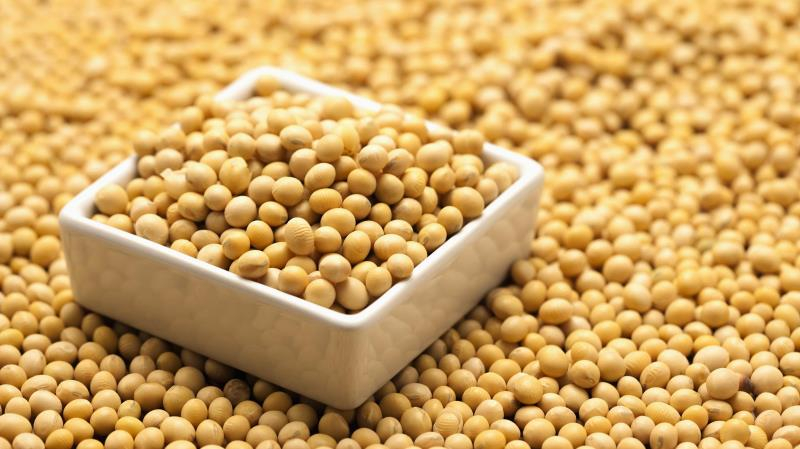
The United States is the world’s second-largest soybean producer, with an annual output of about 120 million metric tons. Soybeans are grown across the Midwest, often called the “Soybean Belt”, spanning states like Illinois, Iowa, Minnesota, and Indiana.
Strengths of U.S. Soybean Production:
- Advanced farming technology: Precision agriculture, genetically modified (GM) seeds, and mechanized farming boost yields.
- Research and development: The U.S. leads in developing high-yield, pest-resistant soybean varieties.
- Strong export markets: The U.S. exports millions of tons annually, especially to China, Mexico, and the EU.
- Integrated supply chain: Excellent infrastructure, including railways, highways, and river systems, ensures efficient transport.
Challenges in the U.S.:
- Trade wars and tariffs: The U.S.-China trade tensions in recent years disrupted soybean exports.
- Climate risks: Extreme weather events like floods and droughts affect yields.
- Competition from Brazil: As Brazil expands its production, the U.S. faces pressure to maintain market share.
Nevertheless, the U.S. remains a critical player in soybean production and trade, particularly as a reliable supplier with advanced agricultural practices.
Argentina – The Third Largest Producer
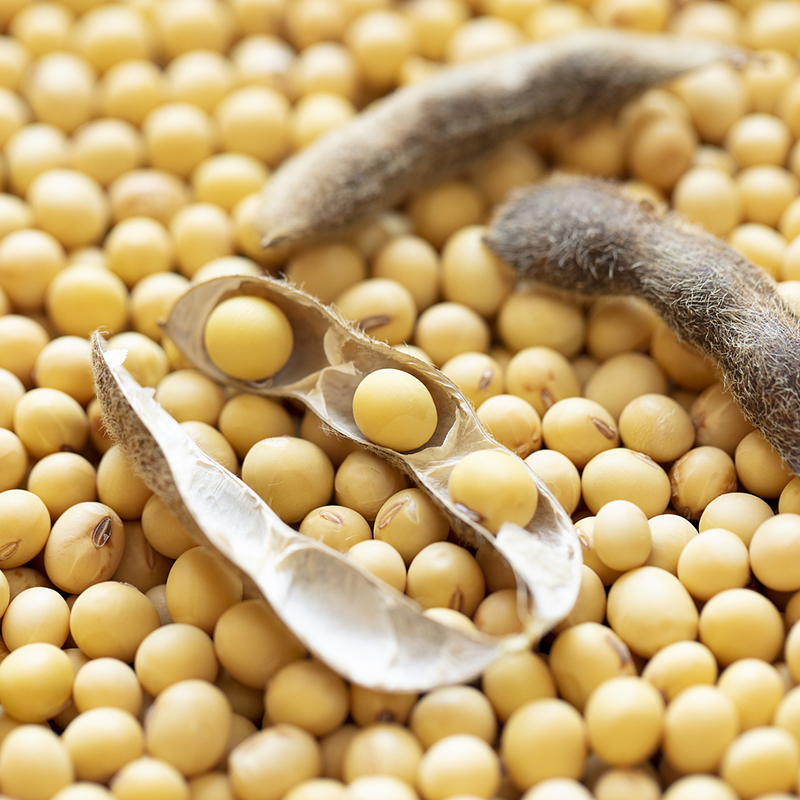
Argentina ranks third in global soybean production, with an output of nearly 45–50 million metric tons annually. Unlike Brazil and the U.S., Argentina’s soybean industry is heavily focused on soybean meal and oil exports rather than whole beans.
Why Argentina is Important:
- Major processor: Argentina is the world’s largest exporter of soybean meal and oil, vital for livestock feed and cooking.
- Strategic location: Easy access to export markets through the Paraná River and the Atlantic Ocean.
- Large-scale farms: Argentina’s Pampas region is ideal for soybean cultivation.
Challenges for Argentina:
- Economic instability: Inflation, debt crises, and government policies often affect the agricultural sector.
- Weather issues: Droughts caused by El Niño and La Niña phenomena reduce yields significantly.
- Heavy taxation: Farmers often face high export taxes, limiting profits and reinvestment in farming.
Despite these obstacles, Argentina remains a soybean giant, particularly in value-added exports.
Other Soybean Producers Around the World

While Brazil, the U.S., and Argentina dominate, other countries also contribute to global soybean production:
- China: Once a leading producer, China now produces about 18 million metric tons, but it imports the majority of its needs—making it the world’s largest soybean importer.
- India: Produces around 10–12 million metric tons, mainly for domestic use in oils and animal feed.
- Paraguay: A smaller country but a big player in soybeans, producing 8–10 million metric tons.
- Canada: Grows soybeans mostly in Ontario and Quebec, producing about 6–7 million metric tons.
- Ukraine: Despite recent challenges, it remains a notable European soybean producer.
Global Soybean Trade and Consumption
Soybeans are not just about production—they’re about trade. The global soybean trade is valued at over $60 billion annually, with China consuming more than 60% of global imports.
Key Uses of Soybeans Worldwide:
- Animal feed: About 70% of soybeans are processed into soybean meal for poultry, pigs, and cattle.
- Food products: Soy milk, tofu, tempeh, soy sauce, and protein powders.
- Industrial uses: Biodiesel, lubricants, and eco-friendly materials.
The Future of Soybean Production
As the global population is expected to reach 9.7 billion by 2050, demand for protein-rich foods and renewable energy sources will surge. This means soybean production will continue to play a central role in global agriculture.
Future Challenges:
- Climate change: Extreme weather events threaten crop yields.
- Sustainability concerns: Preventing deforestation and ensuring eco-friendly farming are critical.
- Technological adoption: Precision farming, biotechnology, and AI will shape the next era of soybean production.
- Shifting diets: With plant-based diets rising, soy consumption in direct human foods may grow even faster.
Conclusion
So, which country produces the most soybeans globally? The answer is Brazil, followed by the United States and Argentina. These three countries dominate soybean production and exports, supplying the world with this vital crop that fuels everything from our breakfast tables to global energy markets.
Soybeans are not just another crop—they are a cornerstone of modern agriculture and global trade. As demand for food, feed, and fuel continues to rise, the future of soybeans will be shaped by innovation, sustainability, and the ability of these leading producers to adapt to global challenges.
In short, when we think of soybeans, we’re not just talking about farming—we’re talking about feeding the world, powering industries, and sustaining future generations.
